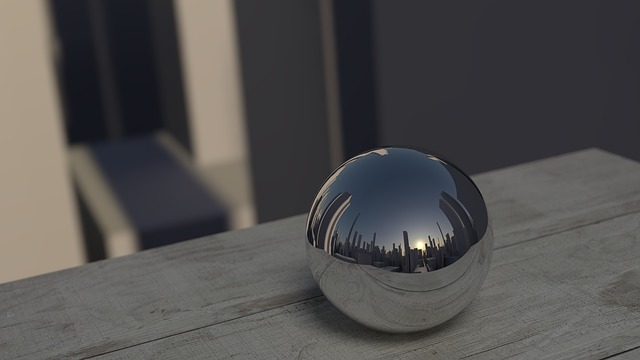Metal Finish vs. Surface Finish in Metal Fabrication
Have you ever ordered a metal part with a certain finish only to be completely confounded by the finish when you actually received it? Perhaps you asked for a smooth mill finish and received a part that looked a bit worse for wear. Or maybe you expected a mill finish and ended up with a sanded finish instead. Whatever the specifics of the mix up, you can likely chalk it up to a very common misunderstanding: the difference metal finish and surface finish. While these two terms may sound the same, they indicate very different processes.
Since it’s important for you to know which type of finish to ask for, let’s go over the differences between the two:
Metal Finishing is the process of adding a layer to the material in order to achieve a better appearance or improve its durability. These are the different types of metal finish you’ll want to know about:
- Painting. Â Like any type of painting, metal painting involves applying a coat of wet paint over the surface for finishing. Fabricators will typically use sprays, pumps, or pressurized vessels to ensure that the paint is evenly applied.
- Powder Coating. Powder coating gives metal a decorative finish that’s both durable and easy on the eyes. The process involves applying a dry coat of statically charged powder to grounded metal parts. When heated in a curing oven, these oppositely charged particles spread into a continuous coat, giving the metal a smooth and evenly distributed finish.
- Anodizing. During the anodizing process, metal is coated with a protective or decorative oxide electrolytically. By immersing aluminum in an acid electrolyte bath and passing an electrical current through it, an aluminum oxide can be grown from the aluminum itself. The final result is a hard and durable coating that preserves the metal’s natural luster and texture.
- Plating. Metal plating is a process that involves coating a substrate with a thin layer of metal. For instance, brass and woodwind musical instruments are often gold or silver plated. The finish is achieved through electroplating and electroless plating. Electroplating requires an electric current, while electroless plating involves the use of autocatalytic chemicals.
Surface Finishing is the process of removing a layer from the material in order to achieve better functionality or improve its appearance. The following are industry standard surface finishing processes:
- Grinding. Grinding machines can be used to smooth out a metal’s surface. These machines use friction, attrition, and compression to achieve the desired finish. Depending on how smooth the finish is meant to be, a fabricator may choose from a number of grinding machines that vary in type and design.
- Polishing and Buffing. Polishing involves removing the metal’s surface material to prepare for buffing and achieve an improved appearance. Buffing smooths out the surface and often produces a high luster, often referred to as mirror finish.
- Abrasive Blasting. Abrasive blasting conveniently allows you to combine cleaning and finishing into one process. In abrasive blasting, a high volume of pressure is used to propel abrasive particles against a metal surface to achieve the desired cleanliness and surface profile. Abrasives used in this process include sand, glass, plastic, and aluminum oxide.
- Milling. To achieve a mill finish, fabricators will pass the metal through a rolling mill, extrusion die, or drawing process. This type of finish is usually rough to the touch and lacks any kind of luster.

